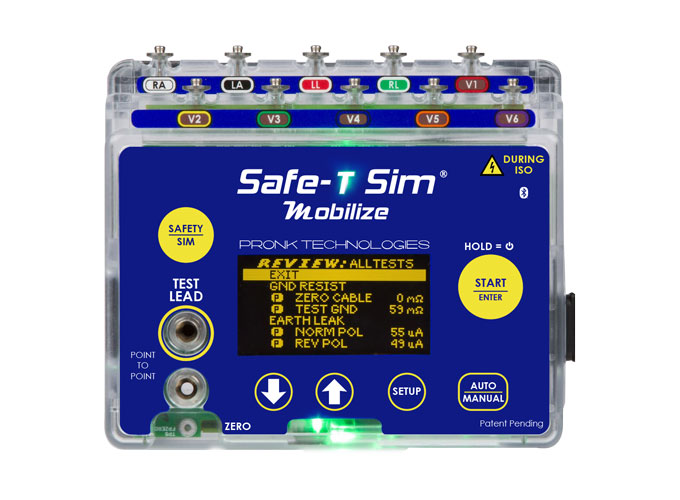In this article we will go over three standard ECG simulator features that no hospital ECG simulator can do without.
When your chosen human patient simulators contain these features, you can rest assured that the ECG analysis part of your patient monitor checks will go well and will produce meaningful results, providing ongoing safety for your patients.
For more information, you should get in touch with Multi-Parameter ECG Patient Simulator on the internet.

The three must-have standard ECG simulator features are:
Regular heart wave patterns
A variety of regular heart wave patterns is included with each ECG simulator. It provides a baseline for the testing procedure. While synthetic or real patient heart waves will do in this situation.
Synthesized or real patient arrhythmic heart wave patterns
Depending on where in the heart muscle the problems arise, there are several dozens of different types of particular arrhythmias of the heart that can be present in the ECG printout.
The heart is basically divided into the left and right side, and into the atrium portion (top, smaller), and ventricular portion (bottom, larger).
Electrically, the beginning of the electric impulses is at the top of the heart, in the atrium walls, and the signal then travels through the walls of the atrium. where it gets appropriately delayed, and finally reaches the ventricular walls.
Electric noise patterns
In real life, there is always electric noise present everywhere around us. One such important noise component is the 60 Hz noise that is present in the electric wiring.
Such noise, as well as other noises, perhaps microwave level noise from the cell phones and wireless networks can be incorporated reasonably into the signal of a basic ECG simulator.